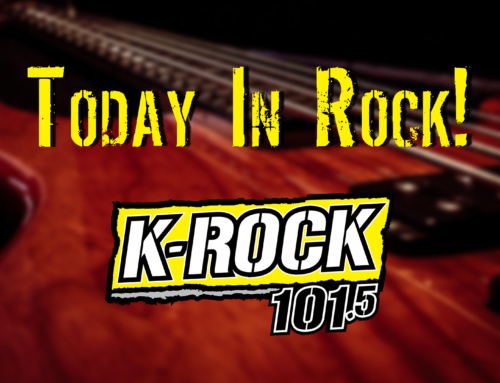Directed and edited by the award-winning Scott Fleishman of Aplusfilmz, DIRTY HONEY‘s brand new music video “The Wire” was shot at various locations on the band’s current U.S. tour with THE BLACK CROWES, and provides the viewer a laminated all-access pass to life on the road with what one journalist called “a band at the top of the new breed of rock and rollers.”
On the tour bus… arriving at the next gig… a little sightseeing on a day off… dinner and a cigar at La Scarola… soundcheck… signing copies of their debut album for that night’s merchandise booth… an after-show celebratory night-cap at a local saloon… from the dressing room to the stage… this is DIRTY HONEY‘s “The Wire”.
“The Wire” is taken from DIRTY HONEY‘s self-titled debut full-length, which was released in April.
DIRTY HONEY — vocalist/lyricist Marc LaBelle, guitarist John Notto, bassist Justin Smolian, and drummer Corey Coverstone — planned to record the album with producer Nick DiDia (RAGE AGAINST THE MACHINE, PEARL JAM), who had produced the band’s 2019 EP; but the day before the band was due to fly to Australia to track the album, Los Angeles entered lockdown due to the COVID-19 pandemic and traveling was off the table. Still keen to work with DiDia, they came up with a Plan B: record the full-length at Henson Studios in Los Angeles studio with DiDia beamed into the proceedings via the magic of modern technology.
Although the pandemic has thrown some obstacles in the way, DIRTY HONEY knows that pushing through those tough times will only help them come out stronger on the other side. “When you finally come through on those moments, that’s where the real magic comes in,” Notto says. “What makes all of our songs fun to play and listen to is we don’t allow ourselves to stop short of getting the best possible results out of each one of them.”
In fact, if anything, all of the four band members are determined to better themselves going forward. “As a guitarist, I’m always inspired by the everlasting pursuit of the perfect riff,” Notto adds. “I also wanted to extend the artistic statement that we’ve already made. We weren’t looking to sound different, or prove our growth, necessarily. It was more about, ‘Oh, you thought that was good? Hold my beer.'”



